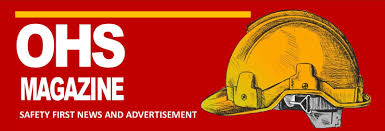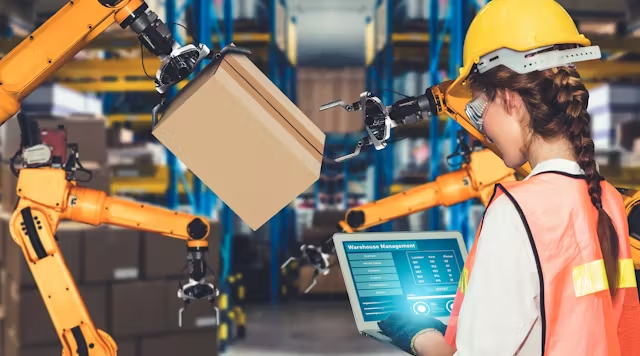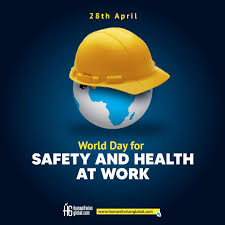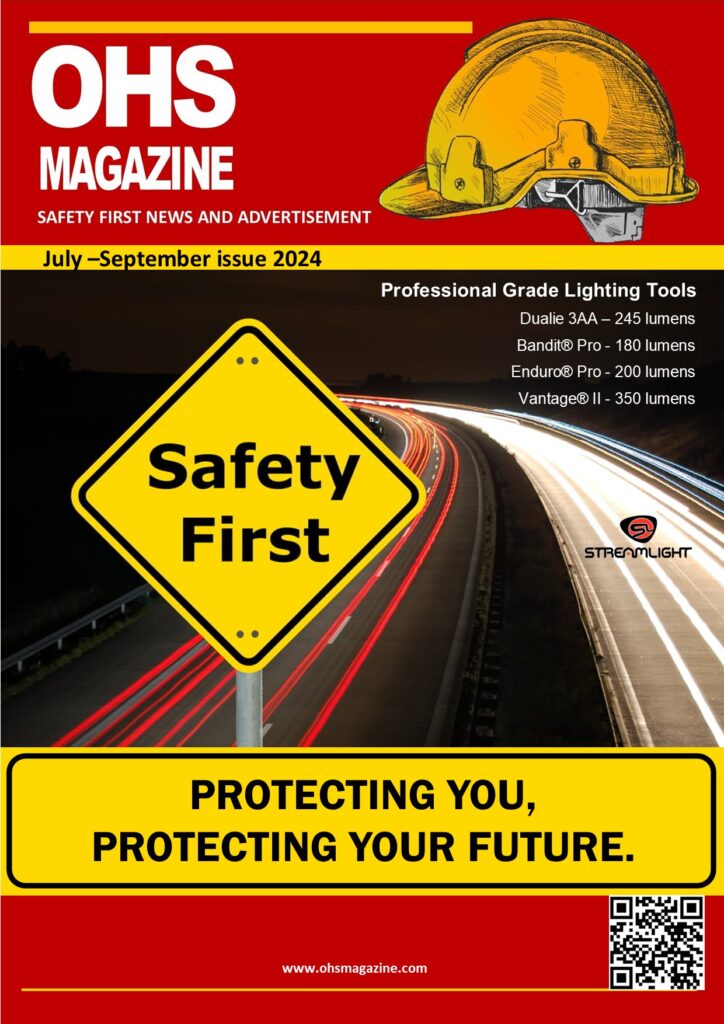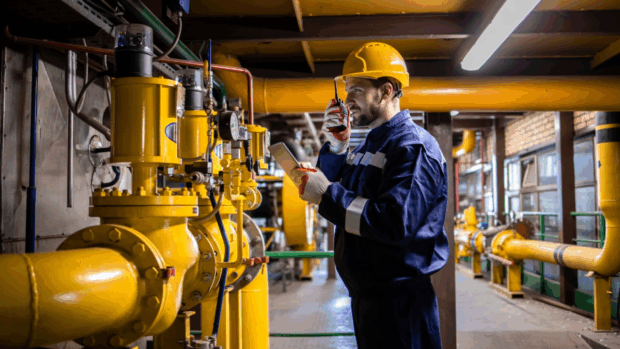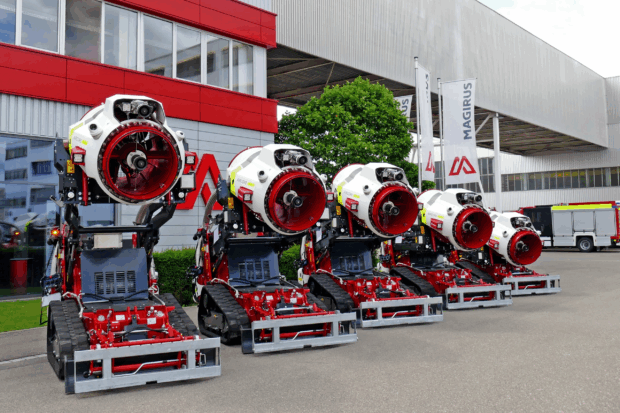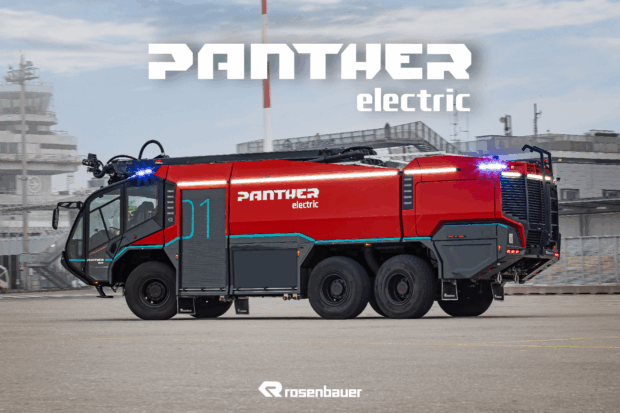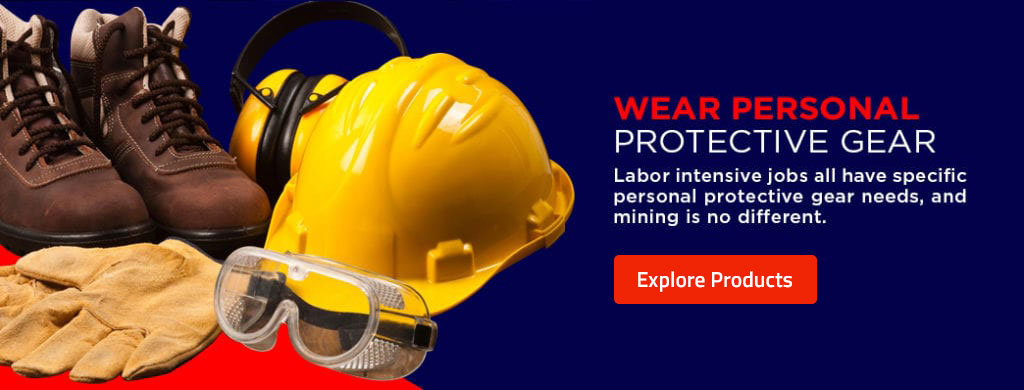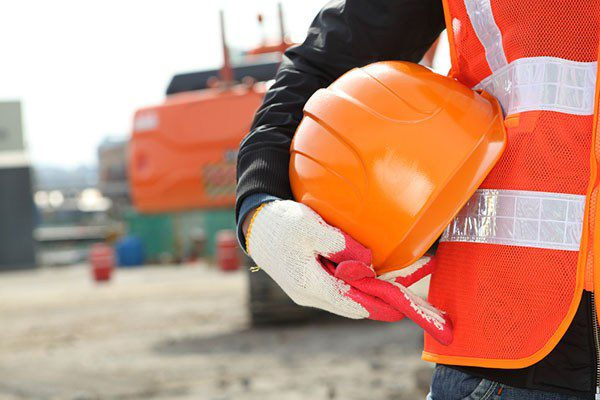“The Role of Technology in Modern Occupational Safety: AI, Wearables, and Automation”. In today’s rapidly evolving workplace, the integration of advanced technologies is revolutionizing occupational safety. Artificial intelligence (AI), wearable devices, and automation are no longer futuristic concepts but are actively shaping safer, more efficient work environments. These innovations not only enhance safety protocols but also enable organizations to anticipate and mitigate risks proactively.
Artificial Intelligence: Predictive and Preventative Safety
Artificial intelligence is transforming how companies approach workplace safety by enabling predictive analytics and real-time monitoring. Through machine learning algorithms, AI can analyze vast amounts of data to identify potential hazards before they lead to incidents. For instance, AI systems can predict equipment failures by analyzing sensor data, preventing accidents caused by mechanical breakdowns.
Moreover, AI-powered video analytics are being deployed to monitor workspaces in real time, ensuring compliance with safety protocols. These systems can detect unsafe behaviors such as workers entering restricted zones or neglecting to wear protective equipment. With AI’s ability to learn and adapt, these tools become increasingly effective over time, providing a dynamic and responsive approach to occupational safety.
Wearable Technology: A Personalized Approach to Safety
Wearable devices are another game-changer in occupational safety, offering a personalized layer of protection for workers. Equipped with sensors, wearables can monitor vital signs, detect environmental hazards, and alert workers and supervisors to potential dangers. For example, smart helmets and vests can measure factors like heart rate, temperature, and exposure to harmful gases, ensuring that workers remain within safe limits.
In high-risk industries like construction and mining, wearables are also being used to track worker locations, ensuring rapid response in emergencies. The integration of wearable technology with centralized safety systems provides a comprehensive view of workplace conditions, fostering a proactive safety culture.
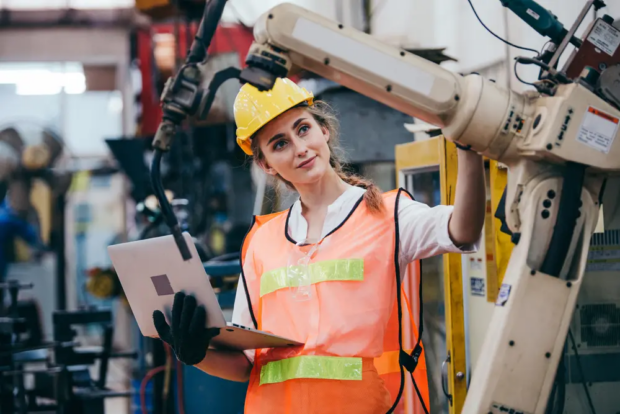 Automation: Eliminating Human Risk
Automation: Eliminating Human Risk
Automation is minimizing human exposure to dangerous tasks by delegating them to machines. In manufacturing and logistics, robots and autonomous systems handle tasks such as heavy lifting, working in hazardous environments, and operating in extreme temperatures. By reducing human involvement in high-risk activities, automation significantly lowers the likelihood of workplace injuries.
Additionally, automated safety systems, such as fire suppression and emergency shutdown mechanisms, act swiftly in critical situations, often faster than human operators could. These systems ensure that safety measures are implemented immediately, minimizing damage and risk.
Challenges and Considerations
While the benefits of these technologies are undeniable, their implementation comes with challenges. High initial costs, the need for specialized training, and concerns about data privacy are significant hurdles. Moreover, over-reliance on technology could lead to complacency, making it crucial for organizations to balance technological solutions with human oversight and traditional safety practices.
The Future of Occupational Safety
As technology continues to advance, the potential for creating safer workplaces grows exponentially. The integration of AI, wearables, and automation is not just enhancing safety measures but is fundamentally redefining them. By adopting these innovations, organizations can not only protect their workforce but also foster a culture of safety, efficiency, and resilience.
In this new era of occupational safety, technology is not merely a tool but a transformative force, ensuring that workplaces evolve to meet the demands of a changing world.
